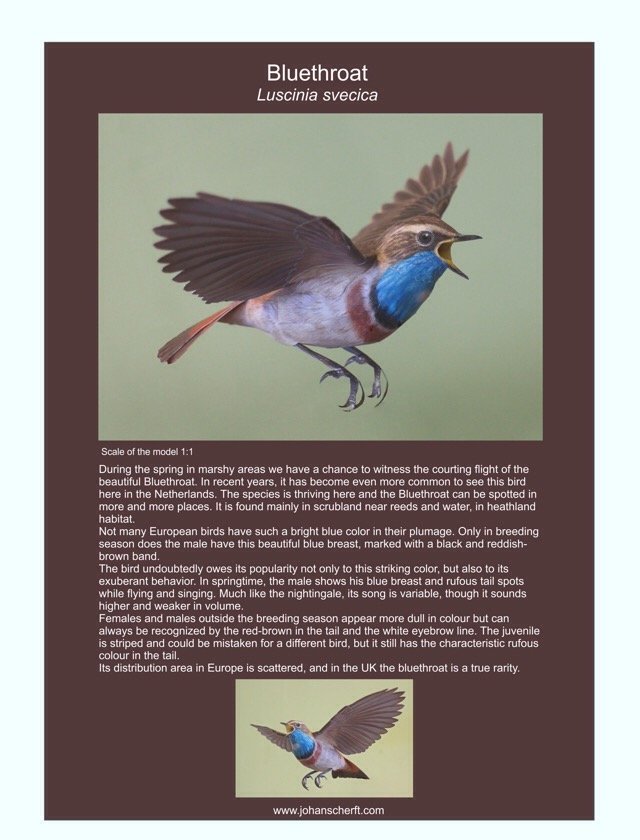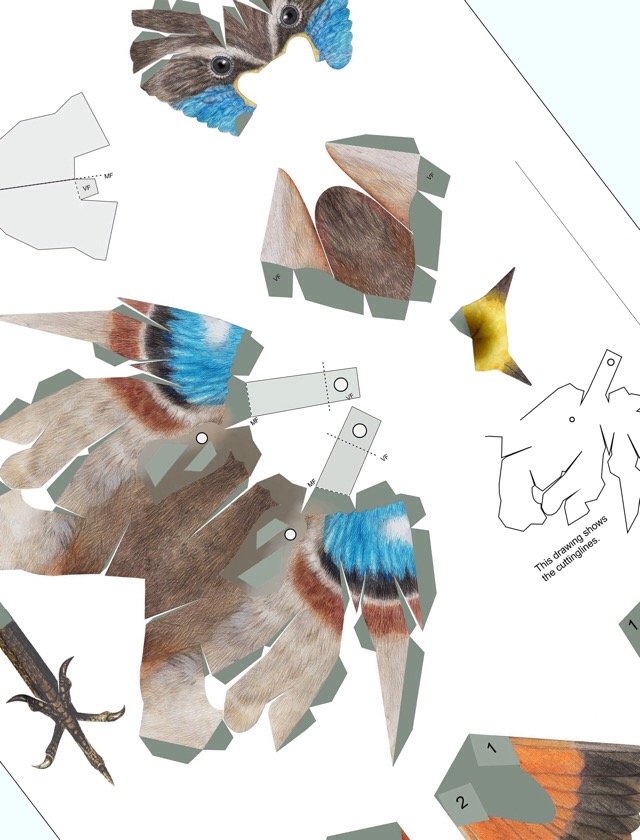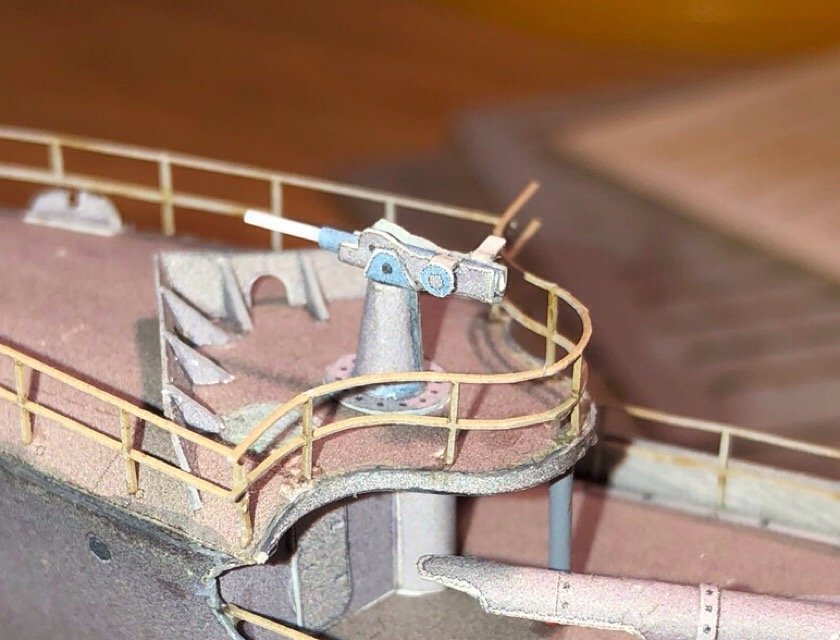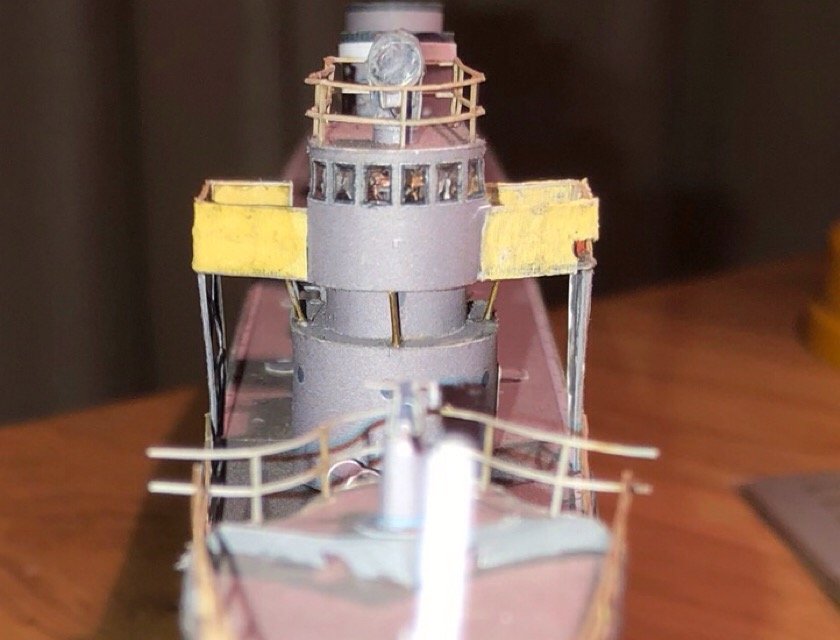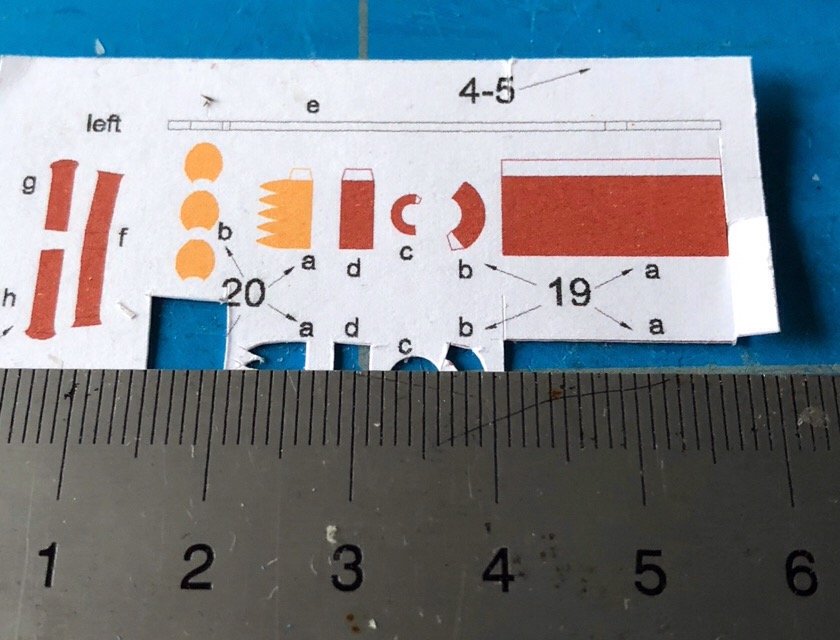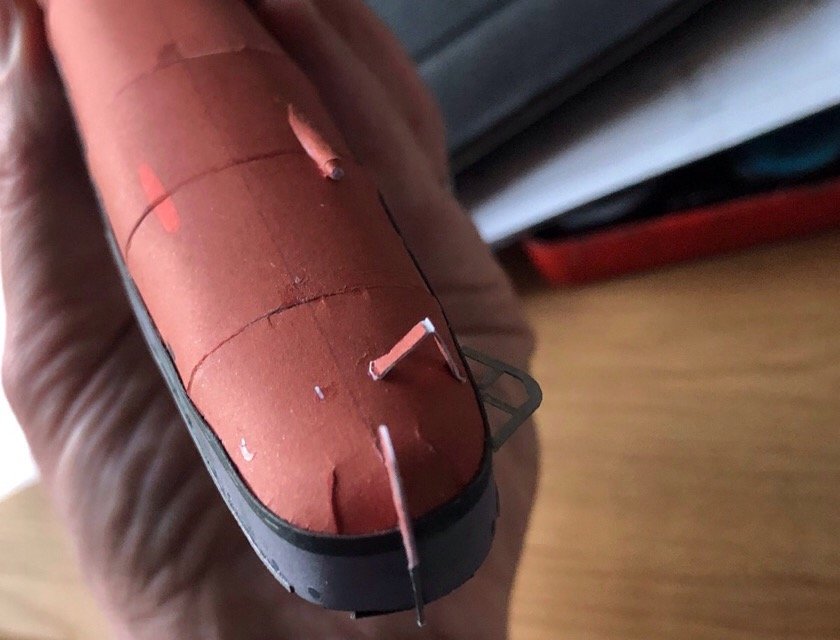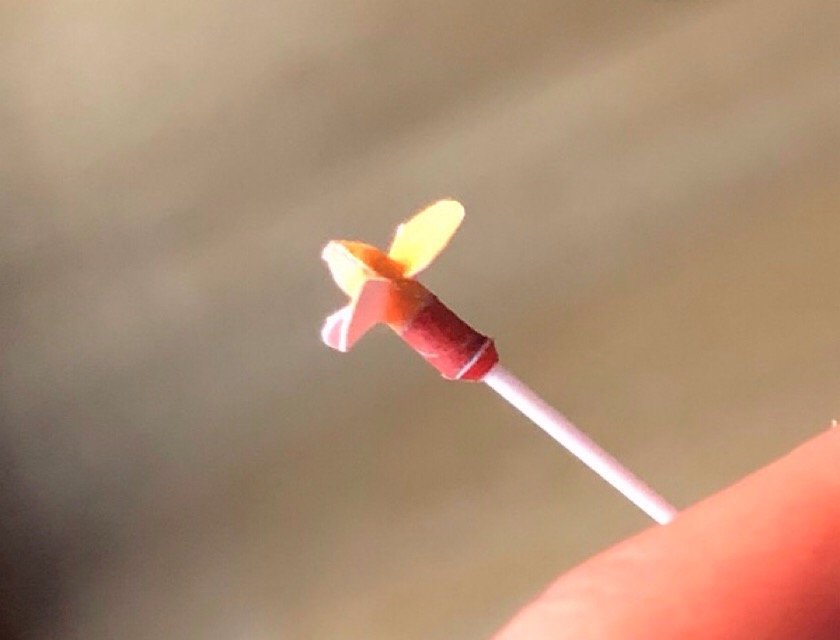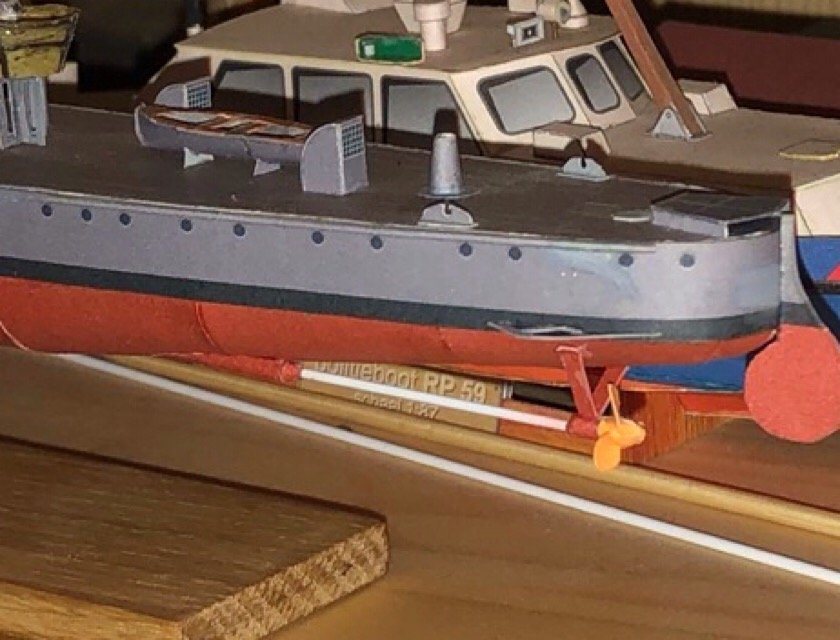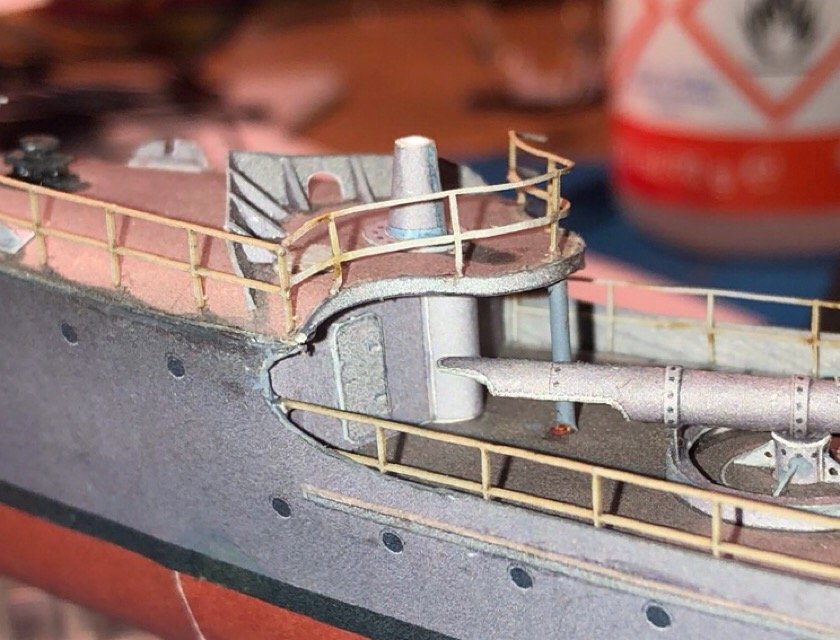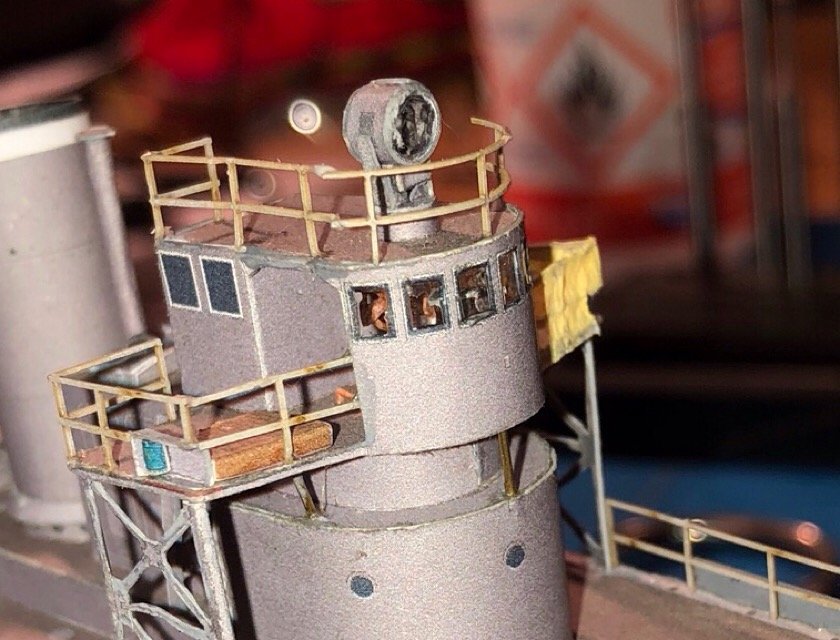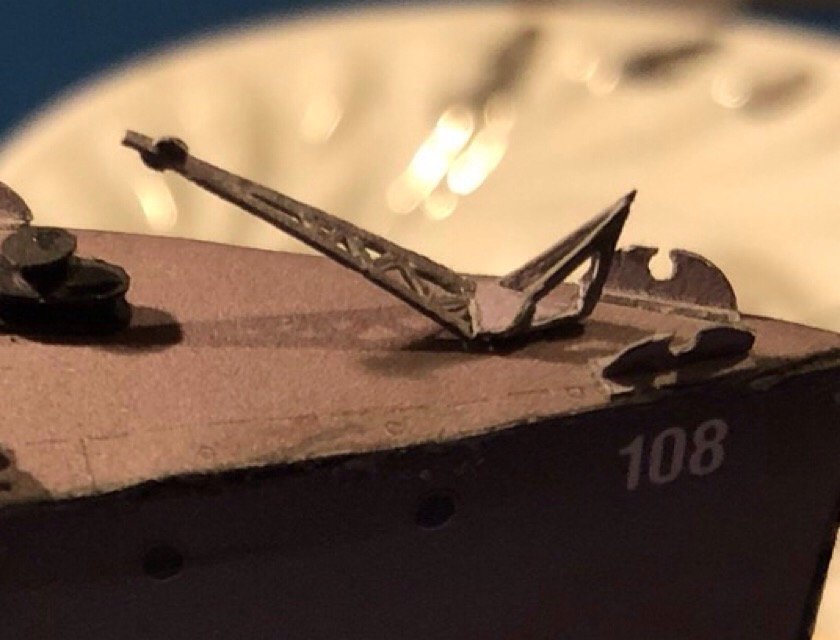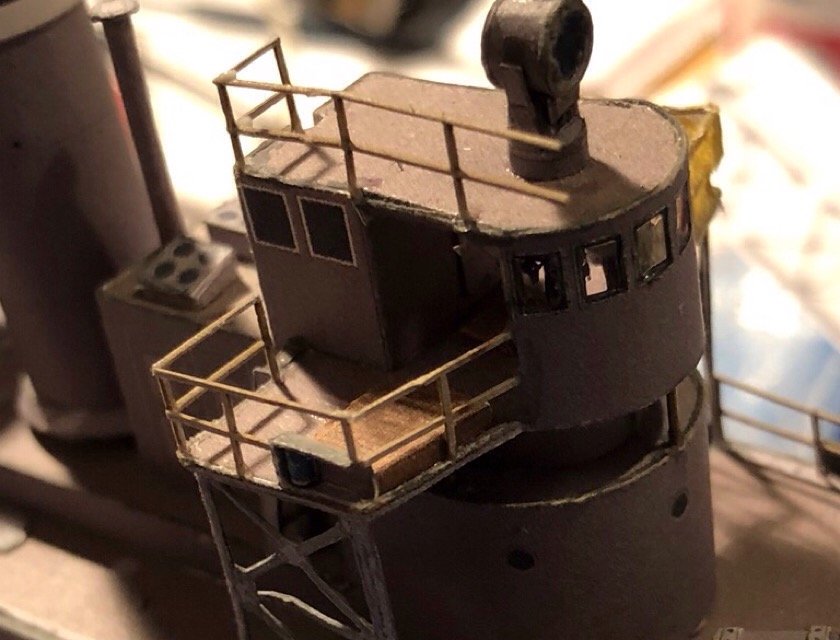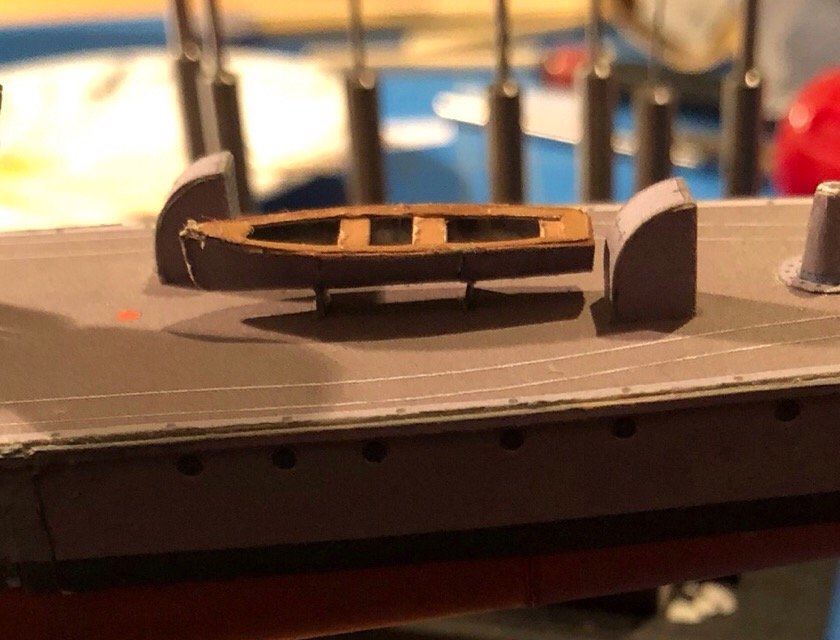-
Posts
3,534 -
Joined
-
Last visited
Content Type
Profiles
Forums
Gallery
Events
Everything posted by amateur
-
Don’t overdo the colourdifferences. It is a small model, so you don’t want an overwhelming zebra-like effect Jan
- 155 replies
-
- opium smuggler
- Authentic Models
-
(and 1 more)
Tagged with:
-
Did the keel-rabbet sit in the middle-line of the wioden hull? I had sevre priblems getting the keel in the middle and square. My schooner is still sitting unfinished in my room.... (Started in 1991, but abandoned before rigging was completed) Jan
- 155 replies
-
- opium smuggler
- Authentic Models
-
(and 1 more)
Tagged with:
-
You can almost see the little sailors run to their battle station! (And your hand keeps being unexpectedly large ) Jan
-

Hanging and taping lines in loops until used
amateur replied to jgilchrist800's topic in Masting, rigging and sails
Over here, there used to be very small wooden clothing pegs (actually intended to hang your chrismascards on a string). no glue whatsoever. I can't find a picture of them, only of minipegs that are ways larger (1 inch) than the ones I have ( .5 inch). Jan -
But as you gun tackles wont have svere stress, the method shown in your manual works fine, and will prevent uggly oversized knots..... the two ends that need to be glued are half hitched to each other, so no diffucult splicing or so. Jan
-
Really have no idea why you replaced the ones from the kit The whole thing is starting to look like your usuals standards require: superb! Jan
-
The deck is a little bit too clean, otherwise you could almost think these are pics of the original. Your detailing is great!! Btw: it looks as if you do far more than cutting on your cutting mat...... jan
- 193 replies
-
- wilhelmina vii
- fishing
-
(and 1 more)
Tagged with:
-
I understood that, but I tried to make the point that selling in a Dutch context, the price could perhaps be higher. Jan
-

Hof van St Janskerke by niels wilhelm
amateur replied to niels wilhelm's topic in - Build logs for subjects built 1501 - 1750
Nice bunch of models in that library. Don't think our library could find so many good models in progress in this region Jan -
It is not an unusual subject (at least not here ) It was (is) a famous ship: the personal yacht of Beatrix, presented to her for her 18th birthday. This kit was available i. The seventies ans eighties in almost all hobbyshops around, as well as other kits of authentic shipmodels. Decent quality for a fair price. Your Dutch market will be limited, however: most people who want to do this model already did it 35 years ago (and no, I did not build her, but it is slightly too large for me) Jan
-
Or Popeye uses a very old version of iOS..... The vids don't work on my somewhat outdated Ipad, but function without problems on my new Iphone. And to Popeye: the vids are better than the pics Jan
-
Ok, it is a bit on the late dide (1608), but this drawing shows them attached to the shrouds https://www.rijksmuseum.nl/nl/collectie/RP-P-1898-A-20079
-

Thin hull planking
amateur replied to Gerarddm's topic in Building, Framing, Planking and plating a ships hull and deck
Or for that matter the books of Philip Reed are very instructive. (clear text, and very detailed photo's) Reed uses wood shavings mounted on thin paper. These can be cutted with a knife to the desired width. These planks in turn are used to plank the (solid) hull. Jan -
Not to be started for a while, but just to let you know that Johan Scherft did another of his wonderful birds. This time it is a bluethroat. I think that it is a European bird, not known in the America's or Australia. The blue is very blue indeed, size of the bird is about 'finch' for those who want to give birdbuilding a try: www.johanscherft.com Jan
-
Hi Doris, happy newyear to you! With guns she looks terrific. Is it the picture, or do the two aft guns on the lower deck have a lower calliber than the other guns? It looks as if they are not so thick as the others, and more like the guns on the upper deck. Jan
- 1,035 replies
-
- royal katherine
- ship of the line
-
(and 1 more)
Tagged with:
-

Hof van St Janskerke by niels wilhelm
amateur replied to niels wilhelm's topic in - Build logs for subjects built 1501 - 1750
I never had thought that Disney based its ship on an existing ship Where did you get the drawing of the ship? The only version I know is a very low-resolution one in the internet, but that is hardly enough to recognize it as a ship. and another question: how long is your model? Those VOC-ships were around 130/140 feet, which is slightly under 40 meters. At scale 1:100, that would come at 40 centimeters. Yours does look longer than that. Jan -

Hof van St Janskerke by niels wilhelm
amateur replied to niels wilhelm's topic in - Build logs for subjects built 1501 - 1750
Interesting choice! Why this ship? (And do you really build in your car??) Jan -
But Icouldn't resist.... So, here ist the redo (better now ) and one of the guns. Five parts (one of them being .5 mm styrene rod). and a front view, not quite symmetrical, but almost The starboard canvas railing cover turned out better tham the left side. Some sources show the railing on the topdeck with canvas, but the light does not stand high enough to get above the railing, so, no canvas there Jan
- 64 replies
-
- v108
- digital navy
-
(and 2 more)
Tagged with:
-
Missing in the tutorial Chris made, are the screws. I now understand why These eleven parts make up the screw and the shaft. (To be made of wire/styrene rod). It is not difficult, but the parts are tiny (nad my fingers are not). Took me the better part of the afternoon. For those who are going to do the hull, beware: in the aft frames is a hole for the shaft and a lighter red indication on the hull. Both should be opened to insert the shaft. As my skin tended to kink in that popstion, I did not open the skin. The result being that I had to cut the round red tube to a reasonable fit on the hull. Let's say that the largest problem is not visible when the model is placed upright And this is the screw (my cellphone absolutely redused to focus on this part, the styrene rod is .8 mm diameter. So it is tiny. Diameter of the screw is around 8 millimeter. And all mounted. (My watercolours won't do the styrene. Need another walk to the shop for a acryllic red paint) I'm not going to do the second one today (btw yesterdays railing will need a redo) Jan
- 64 replies
-
- v108
- digital navy
-
(and 2 more)
Tagged with:
-
Hi Piet, good to see you! this paper model is at a larger scale than your java, so it isn't that small I like paper: rather easy, and cheap. Especially the downloadmodels have a large advantage: when you screw up, the solution is in your printer. Just another copy, and retry. (Unless you're too lazy to get up and walkto your printer). Jan
- 64 replies
-
- v108
- digital navy
-
(and 2 more)
Tagged with:
-
Hi Doris, Why do you build theguns with a flat end? Is that because the aft end isinvisible, or are you adding them later on? Jan
- 1,035 replies
-
- royal katherine
- ship of the line
-
(and 1 more)
Tagged with:
-
I tried another part of railing. I'll check tomorrow atviewing distance, but chances are that this will become a redo btw: in broad daylight the paper railings arenot so far off in colour. As they are paper ones, and prone to splittibg, I don't want to fuss to much around with them, so: no painting before placing them, and probably also not afterwards. They can be curved rather "easily", as long as put over a round object. Bending between fingers will lead to nothing. Jan
- 64 replies
-
- v108
- digital navy
-
(and 2 more)
Tagged with:
-
Todays work. Some railing on the bridge (more to come ) the anchor handling crane. Awfull little thingy. Chris suggested making an opening for the pulley. I cheated, and halved the pulley, and glued from two sides. and I mounted the boat (before that, I gave the boat a good clean-up, as I made it long ago It feels as if almost done, but those little parts take a lot of time (and redo's: gone is really, really gone. No way of finding back pieces of a square millimeter) Jan
- 64 replies
-
- v108
- digital navy
-
(and 2 more)
Tagged with:
About us
Modelshipworld - Advancing Ship Modeling through Research
SSL Secured
Your security is important for us so this Website is SSL-Secured
NRG Mailing Address
Nautical Research Guild
237 South Lincoln Street
Westmont IL, 60559-1917
Model Ship World ® and the MSW logo are Registered Trademarks, and belong to the Nautical Research Guild (United States Patent and Trademark Office: No. 6,929,264 & No. 6,929,274, registered Dec. 20, 2022)
Helpful Links
About the NRG
If you enjoy building ship models that are historically accurate as well as beautiful, then The Nautical Research Guild (NRG) is just right for you.
The Guild is a non-profit educational organization whose mission is to “Advance Ship Modeling Through Research”. We provide support to our members in their efforts to raise the quality of their model ships.
The Nautical Research Guild has published our world-renowned quarterly magazine, The Nautical Research Journal, since 1955. The pages of the Journal are full of articles by accomplished ship modelers who show you how they create those exquisite details on their models, and by maritime historians who show you the correct details to build. The Journal is available in both print and digital editions. Go to the NRG web site (www.thenrg.org) to download a complimentary digital copy of the Journal. The NRG also publishes plan sets, books and compilations of back issues of the Journal and the former Ships in Scale and Model Ship Builder magazines.



